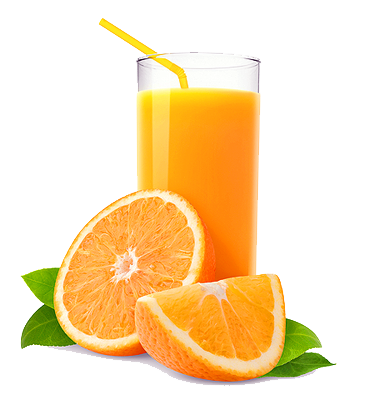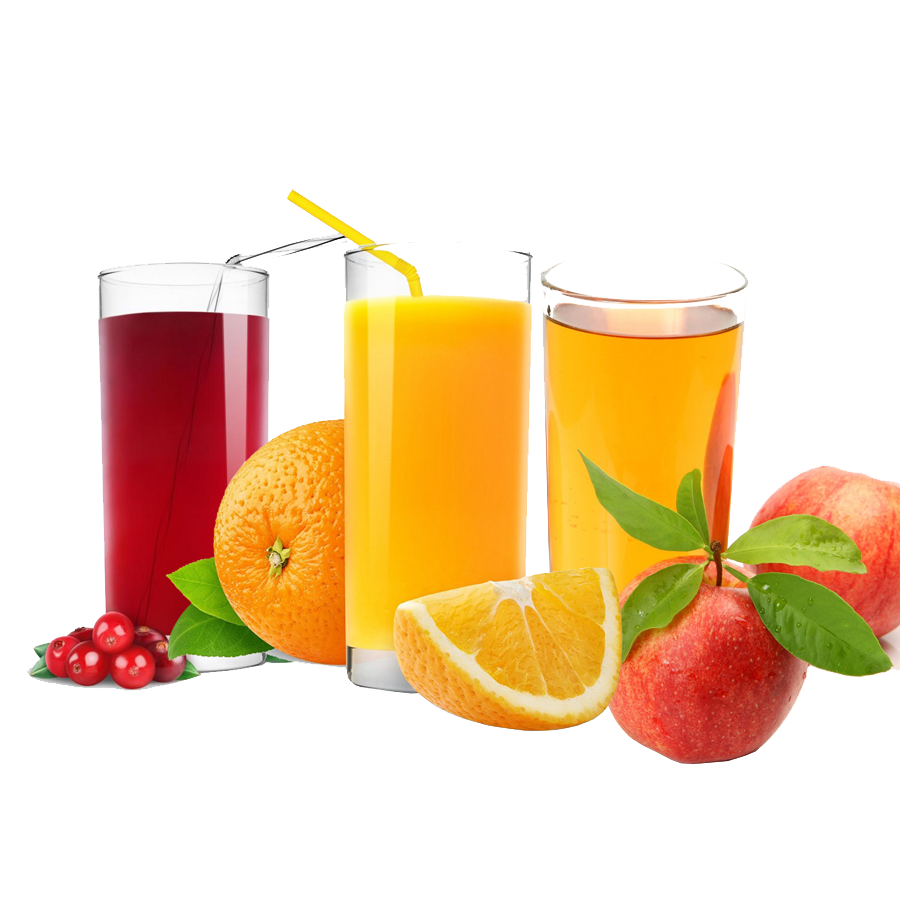When we think about music, the sound is just one part of the story, isn't it? The visual elements, like album covers, they truly make a big impression, sort of like a first hello. For fans of Juice WRLD, his music often spoke to deeply felt things, and his album artwork, well, it was no different. These images often captured the very essence of his lyrical world, offering a glimpse into his thoughts and feelings. It's really something to see how the art complements the sounds.
So, you might wonder what goes into making these visual pieces that stick with us. Each cover for a Juice WRLD project tells a bit of a tale, sometimes about pain, sometimes about finding hope, or just reflecting on life's many ups and downs. They are like visual poems, in a way, adding another layer to the songs we all know and cherish. It's fascinating to look closely at them, actually, and think about what they mean.
Today, we're going to take a closer look at the memorable Juice WRLD cover arts that have graced his albums and mixtapes. We'll explore the ideas behind them, the feelings they bring out, and how they fit into his overall artistic journey. It's a chance to appreciate the visual side of his incredible output, seeing how these pictures help tell his story. You know, they are quite powerful in their own right.
Table of Contents
- About Juice WRLD
- Goodbye & Good Riddance: A Startling Introduction
- Death Race for Love: Speed and Chaos
- Legends Never Die: A Moving Tribute
- Fighting Demons: Facing Inner Battles
- The Party Never Ends: Continuing the Story
- The Visual Language of Juice WRLD: Recurring Themes
- The Impact of His Visuals: A Lasting Impression
- Frequently Asked Questions About Juice WRLD Cover Arts
About Juice WRLD
Jarad Anthony Higgins, known to the world as Juice WRLD, was a musician who really connected with many people through his heartfelt songs. He was known for his unique style, blending hip-hop, emo, and rock sounds. His music often explored feelings of sadness, love, and dealing with personal struggles. He gained a lot of popularity quite quickly, and his songs spoke to a whole generation, you know, about what they were going through. His way of putting words to music was pretty special.
Personal Details & Bio Data
| Full Name | Jarad Anthony Higgins |
| Known As | Juice WRLD |
| Born | December 2, 1998 |
| Died | December 8, 2019 |
| Origin | Chicago, Illinois, U.S. |
| Occupations | Rapper, Singer, Songwriter |
| Years Active | 2015–2019 |
| Genres | Hip hop, emo rap, SoundCloud rap, trap, pop rap, alternative R&B |
Goodbye & Good Riddance: A Startling Introduction
The cover for "Goodbye & Good Riddance," released in 2018, is a really striking image, isn't it? It shows Juice WRLD standing in what looks like a classroom, but everything around him is falling apart. There are papers flying, chairs overturned, and the room itself seems to be breaking away. This visual really speaks to the album's themes of heartbreak and feeling lost after a relationship ends. It’s almost like the world around him is just shattering, which is a feeling many can relate to after a tough breakup. The colors are somewhat muted, which adds to the overall mood of things.
The artwork, you know, captures a sense of chaos and emotional turmoil. It suggests that when someone experiences a deep loss, their surroundings might reflect that inner disarray. The way the scene is depicted, with items suspended in the air, gives it a dreamlike or even nightmarish quality. It’s a very visual way of showing a mind in distress, and it certainly gets your attention. You can almost feel the weight of the moment, can't you?
This cover, in a way, set the tone for what listeners could expect from Juice WRLD's music: raw feelings, honest thoughts, and a willingness to explore difficult subjects. It was his major label debut, so it was important to make a strong visual statement. And it did, rather effectively, becoming quite memorable. It really helped define his early public image, too.
Death Race for Love: Speed and Chaos
Moving on to "Death Race for Love," from 2019, the cover art shifts to a very different kind of energy. Here, we see Juice WRLD in a stylized, somewhat cartoonish car, driving at what seems like a very high speed. The background is a blur of colors, suggesting movement and a fast pace of life. This image perfectly matches the album's title and its exploration of the fast, often reckless, side of modern living and relationships. It’s a bit of a wild ride, visually speaking, and that really comes through.
The artwork, you know, feels like a video game or a graphic novel come to life. It captures the rush and sometimes the danger of chasing after things, whether it's love, success, or just thrills. The bright, almost neon colors stand out, making the whole scene feel very alive and perhaps a little overwhelming. It reflects a youthful, energetic spirit, but also hints at the potential for things to spin out of control. It's quite dynamic, in some respects.
This cover, too, highlights Juice WRLD's connection to youth culture and internet aesthetics. It feels modern and immediate, much like his music. It's a visual representation of the album's themes, which touch on the highs and lows of a life lived intensely. You can almost hear the engine roaring, can't you? It's a pretty strong visual metaphor for the album's content.
Legends Never Die: A Moving Tribute
The cover for "Legends Never Die," released posthumously in 2020, carries a heavy emotional weight. It features a portrait of Juice WRLD looking upward, with a sort of ethereal, glowing light around him. The background often shows clouds or a sky, giving it a very heavenly or spiritual feel. This artwork serves as a powerful tribute to his life and legacy, acknowledging his passing while celebrating his lasting impact. It's a really touching image, honestly, and it brings out a lot of feelings.
This image, you know, suggests a sense of peace and transcendence, as if he's looking towards something beyond. The light around him could represent his spirit, his enduring influence, or the bright future he had ahead of him. It’s a way of saying goodbye but also remembering that his art continues to live on. The overall feeling is one of reverence and deep respect, which is pretty clear. It feels like a quiet moment of reflection, too.
For many fans, this cover became a symbol of collective grief and remembrance. It beautifully captures the idea that while he may be gone, his music and his message truly remain. It’s a very personal piece of art, in a way, inviting listeners to connect with the memory of the artist. It feels like a final embrace, almost, a powerful farewell that still feels very present, even today, in 2024.
Fighting Demons: Facing Inner Battles
The cover for "Fighting Demons," another posthumous release from 2021, takes a more introspective and raw approach. It often depicts Juice WRLD in a somber, reflective pose, sometimes with imagery that hints at inner struggle or a battle with personal issues. The colors tend to be darker, more subdued, reflecting the serious themes within the album, which often touch on mental health challenges and addiction. It's a pretty stark visual, you know, and it makes you think.
This artwork, in some respects, is a very honest portrayal of the battles he faced. It doesn't shy away from the darker aspects of his life and his music. The imagery might include shadows, fragmented figures, or a sense of isolation, all contributing to the feeling of an internal struggle. It’s a visual representation of trying to overcome personal obstacles, which is something many people can understand. It really brings home the message of the album, too.
The cover serves as a powerful reminder of the importance of talking about mental health and the struggles many people go through. It's a brave and vulnerable piece of art that aligns perfectly with the album's candid lyrics. It feels very personal, almost like a window into his soul, and that's a pretty profound thing for an album cover to achieve. It leaves a lasting impression, definitely.
The Party Never Ends: Continuing the Story
As for "The Party Never Ends," an anticipated upcoming release, the visuals that have been teased or discussed suggest a continuation of Juice WRLD's artistic narrative. While specific final art isn't widely known yet, the themes often hint at a celebration of life, a continuation of his legacy, and perhaps a look back at his journey. It’s almost like the story keeps going, even after everything. Any glimpses we've had suggest a blend of his signature style with new elements.
The potential artwork, you know, could lean into brighter colors or more celebratory imagery, reflecting the idea that his impact and music will endure. It might also incorporate elements that tie back to his earlier works, creating a sense of continuity across his entire discography. It’s a way of keeping his memory alive and fresh for his fans, which is pretty important. We're all waiting to see what it will truly look like.
This future cover will play a big part in how fans perceive the next chapter of his posthumous releases. It will need to honor his past while also feeling new and exciting. It's a big task for any artist creating these visuals, to be honest, to capture that balance. It’s a testament to his lasting presence, that his story continues to unfold through these new projects.
The Visual Language of Juice WRLD: Recurring Themes
When you look across all the Juice WRLD cover arts, you start to notice certain ideas that pop up again and again. There's often a sense of introspection, a look inward, which mirrors his lyrical honesty. Many covers show him alone, or in a space that feels somewhat isolated, which speaks to themes of personal struggle and reflection. It’s a pretty consistent visual thread, actually.
You also see a contrast between chaos and calm, or darkness and light. For instance, "Goodbye & Good Riddance" has that chaotic classroom, while "Legends Never Die" offers a more peaceful, almost heavenly image. This push and pull in the visuals really reflects the emotional range in his music, too. It shows how he explored both the difficult and the more hopeful parts of life. It’s a very deliberate choice, in a way.
The use of color is also quite telling. Early covers might have been more muted or gritty, while others, like "Death Race for Love," burst with vibrant, almost frantic energy. These color choices help set the mood for each album, guiding the listener's feelings even before the music starts. It's a powerful way to communicate, isn't it? The art truly adds another dimension to his sound.
The Impact of His Visuals: A Lasting Impression
The Juice WRLD cover arts do more than just identify an album; they become part of his story. They help us remember the emotions tied to his music and the messages he shared. For fans, these images are iconic, instantly bringing to mind certain songs or periods in his career. They are a visual shorthand for his artistry, really.
Even now, years after his passing, these cover arts continue to be shared, discussed, and celebrated by his community of listeners. They are a significant part of his lasting legacy, showing how art, in all its forms, can deeply connect with people. They help keep his memory and his work alive, which is pretty special. His visual presence is still very much felt, you know, in the music world.
The artwork serves as a visual diary, charting his growth as an artist and the evolution of his personal journey. Each piece is a snapshot, a moment captured, that adds to the rich tapestry of his creative output. It’s a testament to the thought put into every aspect of his releases, even the parts that aren't sound. The images truly resonate, and that’s a big deal.
Frequently Asked Questions About Juice WRLD Cover Arts
What is the meaning behind Juice WRLD's album covers?
The meanings often connect with the album's lyrical themes. For example, "Goodbye & Good Riddance" shows emotional chaos, while "Legends Never Die" expresses tribute and peace. Each cover aims to visually represent the feelings and stories within the music. It’s a direct link, in a way, between sight and sound.
Who designed the cover art for Juice WRLD's albums?
Various artists and design teams contributed to his album covers. For "Death Race for Love," Tristan Zammit created the animated visuals. For other projects, designers like Art by Jacob and Peter Mohrbacher have been involved, bringing different styles to his overall look. It’s a collaborative effort, typically, to get these visuals just right.
How many official Juice WRLD album covers are there?
Juice WRLD released two studio albums during his lifetime: "Goodbye & Good Riddance" and "Death Race for Love." Posthumously, "Legends Never Die" and "Fighting Demons" have been released, along with an upcoming project, "The Party Never Ends." So, there are several key official album covers that define his main discography, you know, each one quite distinct.



Author Details:
- Name : Fabian Orn Sr.
- Username : qmante
- Email : lemke.shania@pollich.net
- Birthdate : 1986-03-03
- Address : 647 Bernier Land Suite 934 North Prestonstad, NE 48832-8297
- Phone : (858) 962-7235
- Company : Skiles, Hahn and Stokes
- Job : Power Generating Plant Operator
- Bio : Porro tempore nostrum voluptates consequatur perspiciatis sapiente. Dolores aut molestiae non veritatis est itaque. Tempora rerum adipisci quis quidem qui aut qui. Aut incidunt illum aliquam velit.
Social Networks
Twitter:
- Url : https://twitter.com/reta_hills
- Username : reta_hills
- Bio : Consequuntur vero et architecto et. Velit ipsum minima iusto facere facere. Unde mollitia voluptatem aliquid quidem minus dolores asperiores ad.
- Followers : 5067
- Following : 1204
Linkedin:
- Url : https://linkedin.com/in/reta_hills
- Username : reta_hills
- Bio : Et nisi dolor eos debitis et et non.
- Followers : 1161
- Following : 385
